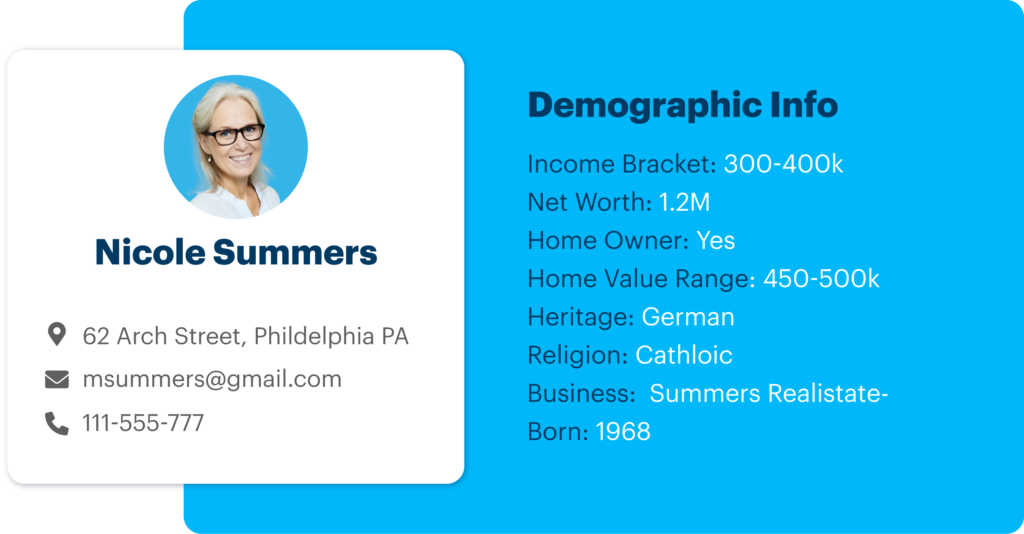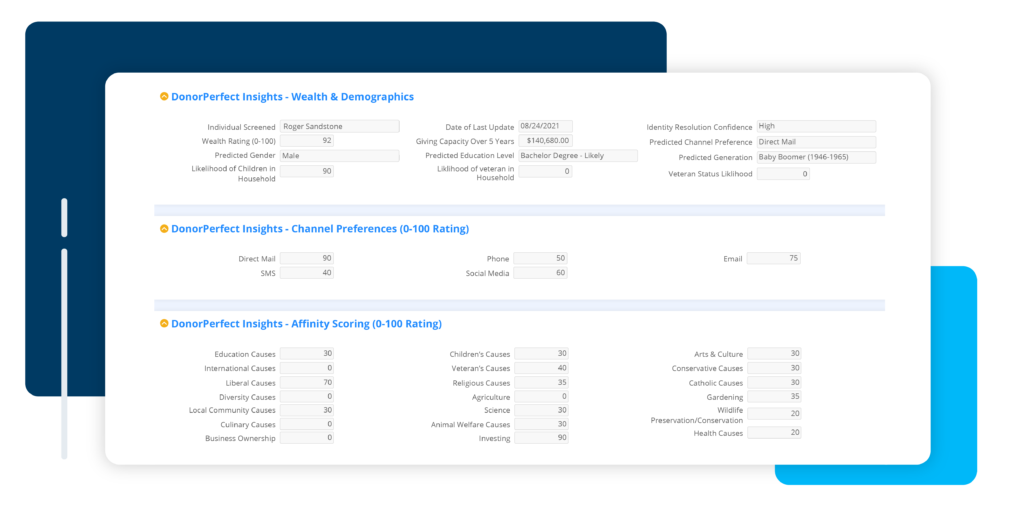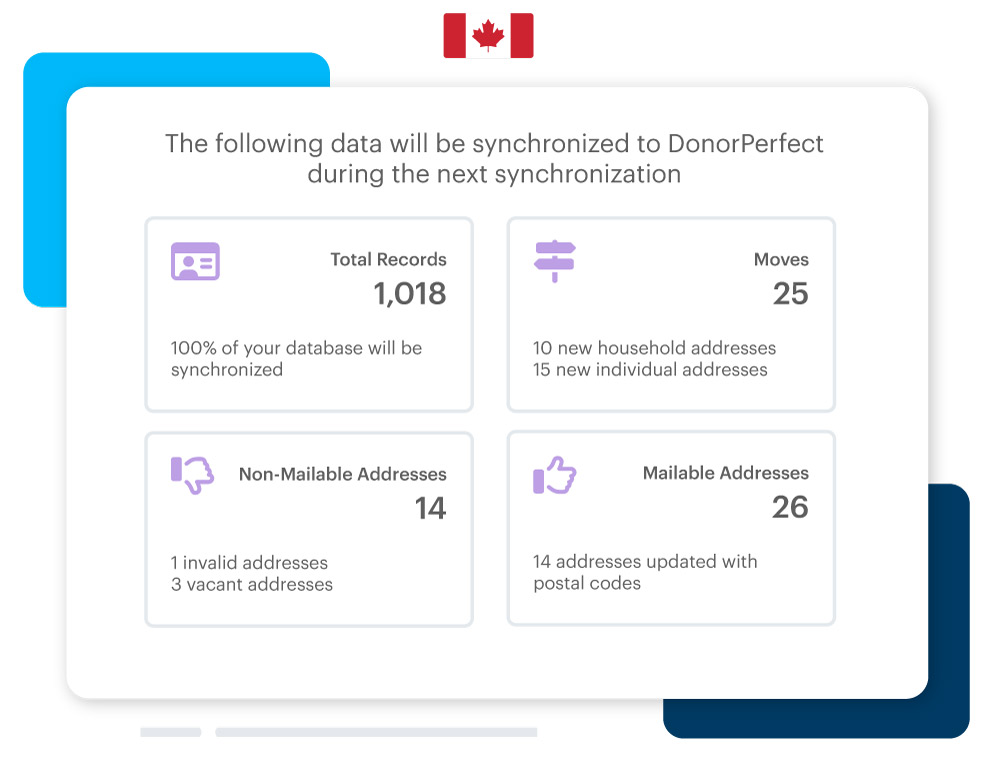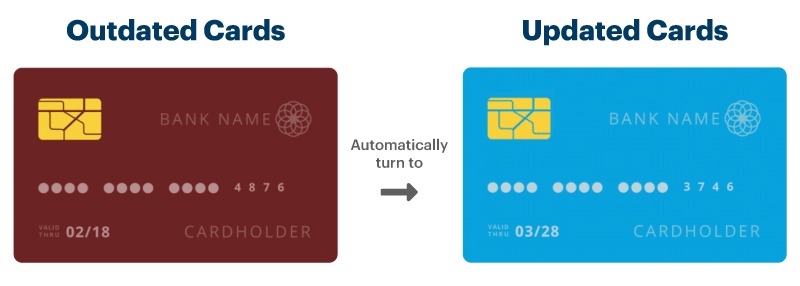Personalization has long been a trend in marketing and fundraising. We receive emails addressed to us by name; we receive targeted ads based on our online activity; and we expect to see content relevant to our interests and behavior. Your donors get this special treatment everywhere else, so they expect it from your organization, too.
But that doesn’t mean you need to spend money on artificial intelligence or spend hours researching every individual on your mailing list. One of the best-kept secrets of growing nonprofits is a marketing tactic called donor personas – fictional profiles of your ideal constituents that are based on your actual data.
What is a donor persona?
A fictional profile of your ideal constituents that is based on your actual data.

Defining specific identities within your donor base allows you to send tailored engagements that ring true with each type of supporter you have. Sure, a fundraising CRM like DonorPerfect can help you insert personal information like gift amount or volunteer hours into your emails, but these details don’t speak to who your donors are as people. Why do they give? Why are they connected to your cause?
Let’s look at the steps your nonprofit can take to develop donor personas and incorporate them into your fundraising strategy.
1) Identify your most valuable donor segments
Start by selecting groups of donors that are meaningful to your organization. Think about who tends to give most or most often, or who you would like to hear from more frequently. The more specific you can get, the better – this will help you discover where your donor groups intersect. Talk with your team about your fundraising goals – which groups are you actively trying to grow?
For example, maybe you want to develop a persona that represents millennials who give often so that you can understand what motivates their philanthropy, incorporate that into your outreach, and hopefully gain more of them. Maybe this aligns with your goal to increase individual online donations by 25% over the next five years.
Here are some ideas to start with:
- Donors who gave in each of the last two years
- Donors who gave at least $500 last year
- Donors who gave to your capital campaign
- Donors who joined your monthly giving program
- Volunteers who also donate
DonorPerfect users: By applying selection filters to your fundraising reports, you can create a merged template (ex. major donors who give online) to use for emails and letters.

2) Enrich your donor data with lifestyle information
To develop your personas, there are fundraising tools that can enrich your existing and future donor data with information that describes them as people. You may have heard of this information referred to as donor wealth data or prospect research. To go beyond the information you can find in your CRM reports, you can compare that information against your donors’ education, religion, career industry, political affiliation, household income, and much more – even data about their preferred contact method.
You might be thinking, is this ethical? How do these tools gather this information? Nonprofit-specific data sources like DonorPerfect Insights, DonorSearch, and iWave actually use publicly-available information to paint a full picture of each donor group.
DonorPerfect users: For an in-depth look at our native tool, DonorPerfect Insights, look no further than the Insights Beginner’s Guide, available for free download below >>
Your DonorPerfect system also integrates with prospect research tools DonorSearch and iWave! We recommend speaking with your account manager to see which solution would be a good fit for your needs.
3) Validate your data with interviews and surveys
Of course, your donors know themselves best. It wouldn’t be right to profile them without giving them the chance to validate the research you’ve gathered. Send them a survey or conduct interviews to ensure your information aligns with their experience. A survey can be as simple as a quick question on your online donation form. You can also ask your team what trends they’ve noticed, or if your findings resonate.
4) Identify groups that will help you achieve your goals
Keeping our example from step 1, maybe one of your organization’s goals is to increase individual online donations by 25% over the next five years.
You would use your reporting features to look at individual giving trends among the donor segments you’ve picked out. Which group is most likely to help you achieve this goal? Make sure your estimations are backed by data found in your CRM. Then use your research tool to turn this group into a fictional person, complete with a name, photo, and list of characteristics.
Create a fictional person with a name, photo, and characteristics
Based on your data, visualize and empathize with the factors that contribute to their philanthropy. What are their age bracket and political party? Do they come from a long line of legacy givers? Do they belong to any nonprofit boards? Are they independently wealthy or do they plan their giving as a family?
When using a research tool like DonorPerfect Insights, you are provided with data about your donors’ preferred communication methods. If you don’t have access to that data, you can use the demographic information you’ve collected to determine which communication methods might inspire them to give. For example, the largest Facebook audience is men aged 25 to 34.
5) Plan donor engagement around your personas
Different personas require different messaging. That’s why you’ve created them!
How will you engage & what will you communicate?
Based on the research you’ve done and the personas you’ve created so far, think about which of your fundraising operations will best apply. As mentioned above, you can even look at which social media platform is the best fit for each persona.
Sample considerations:
- Which persona would be a good candidate for your Giving Tuesday campaign?
- Which persona would be a good candidate for a mobile-friendly email that points to your online donation form?
- Which impact stories will resonate with which persona?
- Which event invites might they be interested in?
How will you prioritize your donor engagement?
Determine how your personas will influence your communication workflow. For example, your most influential donors might be your highest priority, and your newest donors might receive the most frequent communication.
Sample considerations:
- Will major donors get phone calls and Zoom chats?
- Will new donors get a tour of your facility and volunteer opportunities?
- Who will hear from your Executive Director, and who will hear from your Development Director?
- Is there a persona that will respond well to text messages?
While it may seem tedious at first, this process increases your chances of capturing and holding the attention of your donors. As people, most of us are just looking to connect in some way or another. The more effectively you can facilitate a genuine connection with each of your donor segments, the better they will respond to your outreach, and the more good you can do together.








